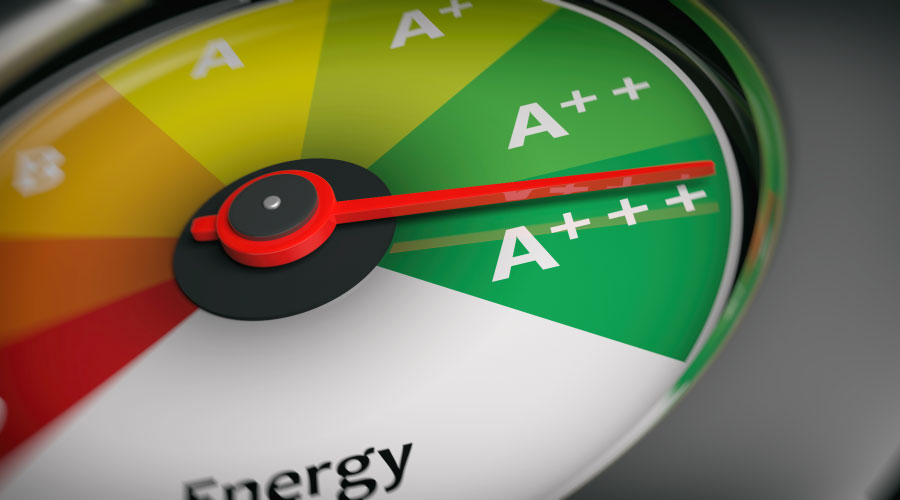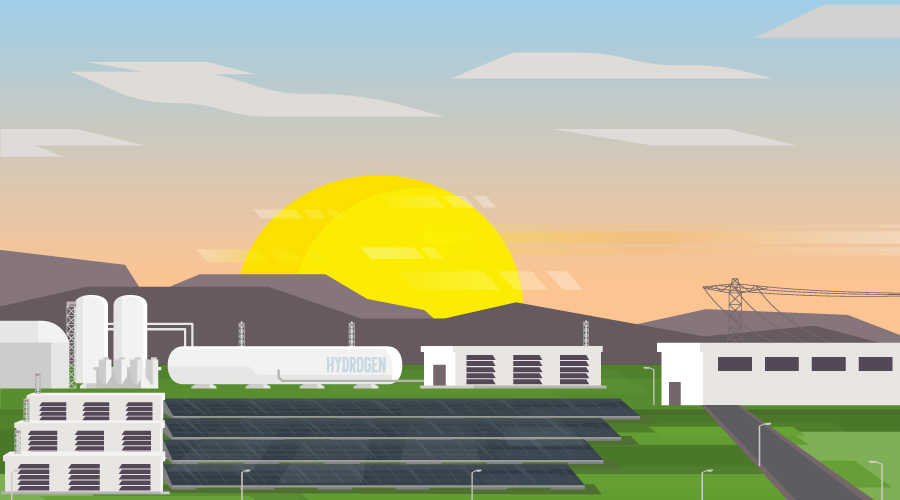Emergency Planning: Develop Materials and Equipment Inventory
While developing a written emergency plan, managers can identify the hazards most likely to affect their facilities. Along with identifying those hazards, managers will need to develop an inventory of materials the department should store and supplies workers can buy or lease as needed. They also should provide a reserved purchase order for more materials from suppliers.
Managers can lease other essential items, such as temporary heating and cooling equipment and portable toilets, after the event. The trick is to identify suppliers that can deliver these items quickly after an emergency. They will be in great demand and short supply, so having a relationship with suppliers is crucial.
It is important for managers to identify primary, secondary and even tertiary suppliers that can support facilities after an emergency. Having supplemental agreements in place — and, in some cases, outside the immediate geographical area — is critical.
Related Topics:














